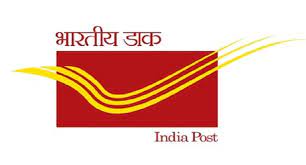People who want to save and invest regularly are increasingly turning to small savings programs. Quite, Post Office Saving Plans have arisen as a leaned toward decision, giving a large number of choices to reserve funds and speculation.
In any case, ongoing advancements have achieved tremendous changes to the speculation guidelines administering these plans, especially those presented by post offices.
A recent circular from the Department of Posts indicates a change in the “know your customer” (KYC) requirements for investors participating in small savings schemes.
The provisions have been made more stringent for individuals who make substantial investments in post office schemes as a result of these modifications.
The requirement that investors who invest Rs 10 lakh or more in post office schemes provide income proof in addition to their KYC documents is one significant change.
The Division of Posts has educated all post offices to gather proof of profit from a particular class of financial backers taking part in small saving schemes.
This modification was made with the intention of reducing terrorist financing and money laundering. Investors will now be required to provide proof of income in addition to PAN and Aadhaar information.
The circular further divides investors into three distinct groups according to their tolerance for risk. The rules and regulations that apply are determined on the basis of these categories.
Low-risk investors are those who open an account in any scheme with a minimum balance of Rs 50,000 and keep their balance below this threshold across all post office schemes.
In a similar vein, investors who open accounts with sums in excess of Rs 50,000 but below Rs 10 lakh will be considered medium-risk investors. Regardless of whether the combined equilibrium across all plans stays underneath Rs 10 lakh yet surpasses Rs 50,000, they will in any case be named medium-risk.
However, if the investment exceeds Rs. 10 lakhs, the customer in question will be considered a high-risk investor and subject to additional restrictions.

























